Have you ever experienced the troubles of waiting for a website to load, and it never does? Or it being way too slow on your smartphone, but on your computer, it opens instantly? These problems are very common, but luckily, there is a way to track and improve the speed of your website.
In 2010, Google released a tool called PageSpeed Insights which makes keeping track of whether a site is working properly much easier. The way it works is very simple and easy to explain. The tool provides the user with both lab data and field data. To elaborate, lab data is the data that is collected in controlled environments and it is great for finding bugs and other technical issues that you need to solve before you make your website public. Field data, however, is the real-time user experience provided by your website and the reaction users have to it.
It is very important that your website is optimized to be as fast as possible because having a faster-loading and faster-responding website means more people are going to check it out. What is also good about PageSpeed is that it shows the lab data and the field data for both desktop and mobile users so you know exactly which version of your site you need to improve.
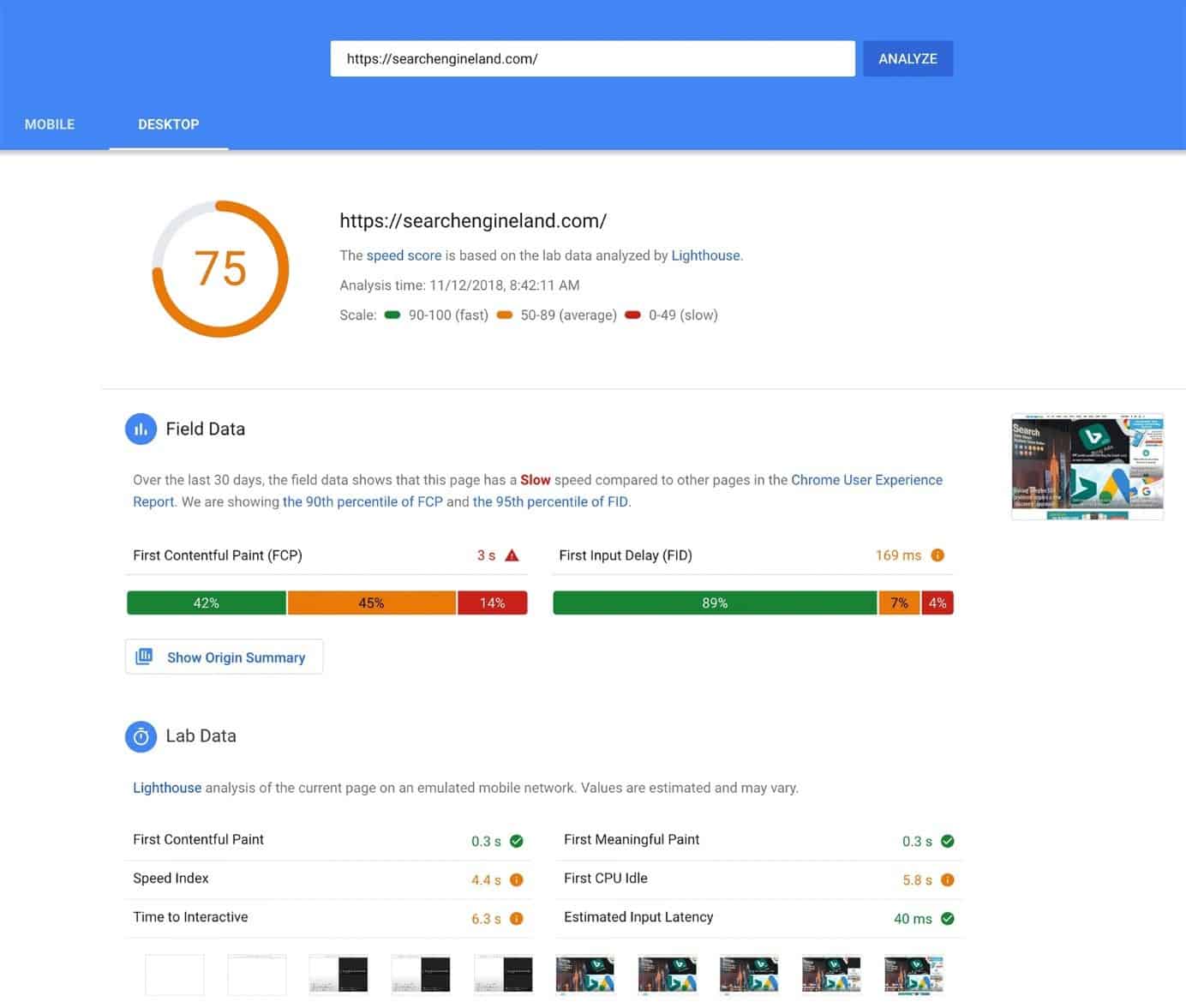 Some of the most common problems that slow down your website are a lot easier to solve than you think. For example, the most common problem people face with their websites is the load speed. The best load speed would be one second, but for most websites, that is not the case. Some statistics show that if the load speed is between one and three seconds, the bounce probability will increase by 32 percent. This is where it gets a bit worrisome.
Some of the most common problems that slow down your website are a lot easier to solve than you think. For example, the most common problem people face with their websites is the load speed. The best load speed would be one second, but for most websites, that is not the case. Some statistics show that if the load speed is between one and three seconds, the bounce probability will increase by 32 percent. This is where it gets a bit worrisome.
If the load speed is between one and five seconds, the bounce probability will increase by 90 percent and if the load speed is between one and ten seconds, the bounce probability will increase by 123 percent. Basically, what I am telling you is, that the speed of your website is very important and you must not take this matter lightly, because it will cause people to leave your site.
I know this sounds problematic, but it can easily be solved with PageSpeed. How? Well, first, you start with a test, and after that, if there are problems, PageSpeed will show you what may be causing them and will also offer you solutions.
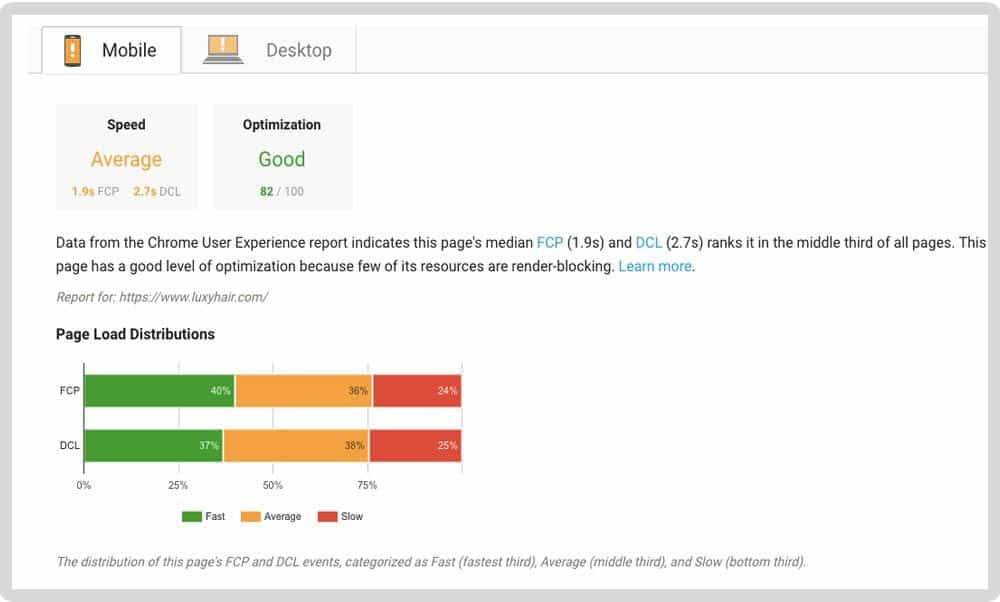
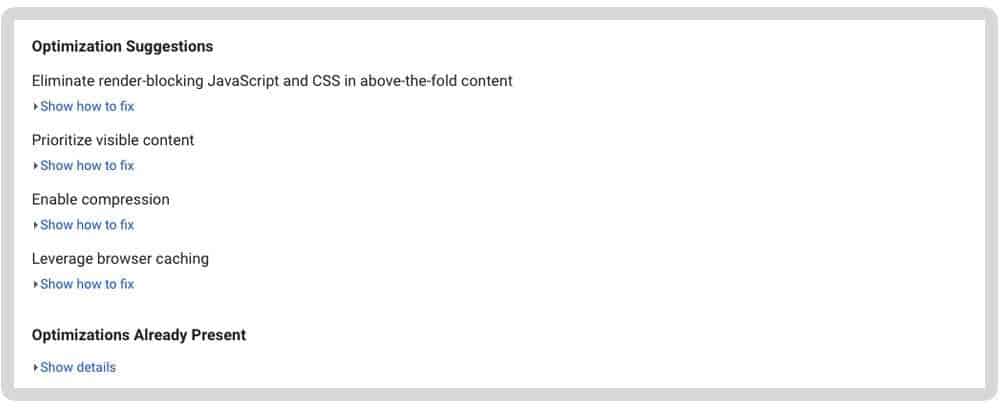 The second most common problem people have with their websites is their rank on Google search results. Their rank on Google search results will also depend on the loading speed of your website. The less time it takes for a website to load, the higher it will be ranked.
The second most common problem people have with their websites is their rank on Google search results. Their rank on Google search results will also depend on the loading speed of your website. The less time it takes for a website to load, the higher it will be ranked.
As I said before, load speed plays an important role in having a successful website, so you have to keep it as fast as possible. PageSpeed will help analyze the performance of your website, but you also need tools that will help improve that performance. That is why we will now talk about one of the best tools of that sort.
The Hummingbird plugin
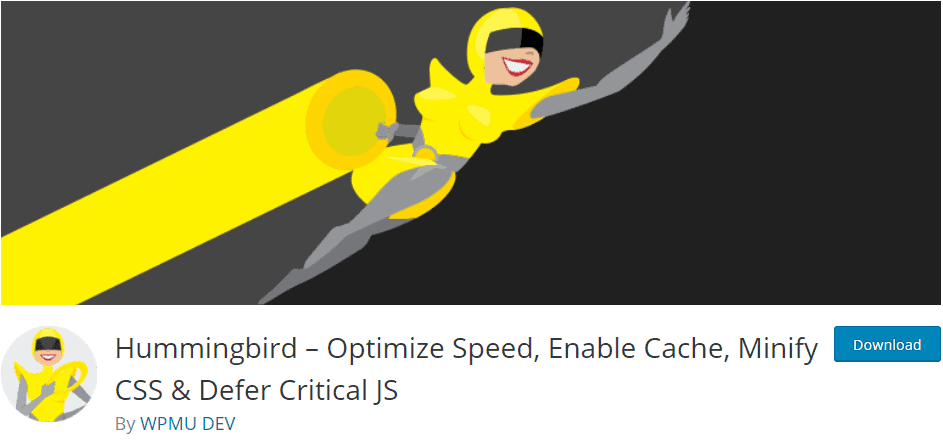 Hummingbird is a tool that improves a site's performance by compressing files and text on the website, making it smaller in size, so it can load faster. If you don’t know much about websites and their optimization (like myself), Hummingbird provides a solution for that. It offers one-click optimization options, which solve problems that your site is facing in just a click of a button. Unlike PageSpeed, which only offers analysis and recommendations, Hummingbird will take matters into its own hands and will create for you a full cache suite, minify your styles and scripts, and also differ CSS and JS for ultimate optimization!
Hummingbird is a tool that improves a site's performance by compressing files and text on the website, making it smaller in size, so it can load faster. If you don’t know much about websites and their optimization (like myself), Hummingbird provides a solution for that. It offers one-click optimization options, which solve problems that your site is facing in just a click of a button. Unlike PageSpeed, which only offers analysis and recommendations, Hummingbird will take matters into its own hands and will create for you a full cache suite, minify your styles and scripts, and also differ CSS and JS for ultimate optimization!
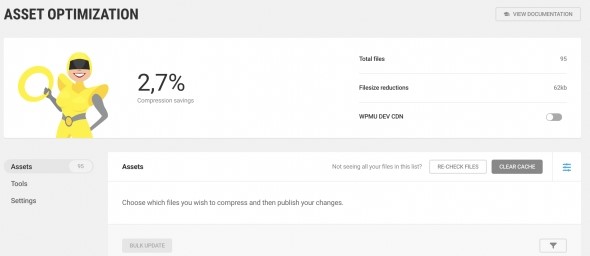 Another feature of this plugin that is worth mentioning is the performance reports. These tell you exactly what you need to do (and how to do it) to increase the speed of your website. As you can see in the image below, Hummingbird shows the time it takes for your website to be fully loaded and it also shows the size of your website. Those values are converted into percentages, as you can see on the left-hand side, so you can easily get an idea of where your score stands.
Another feature of this plugin that is worth mentioning is the performance reports. These tell you exactly what you need to do (and how to do it) to increase the speed of your website. As you can see in the image below, Hummingbird shows the time it takes for your website to be fully loaded and it also shows the size of your website. Those values are converted into percentages, as you can see on the left-hand side, so you can easily get an idea of where your score stands.
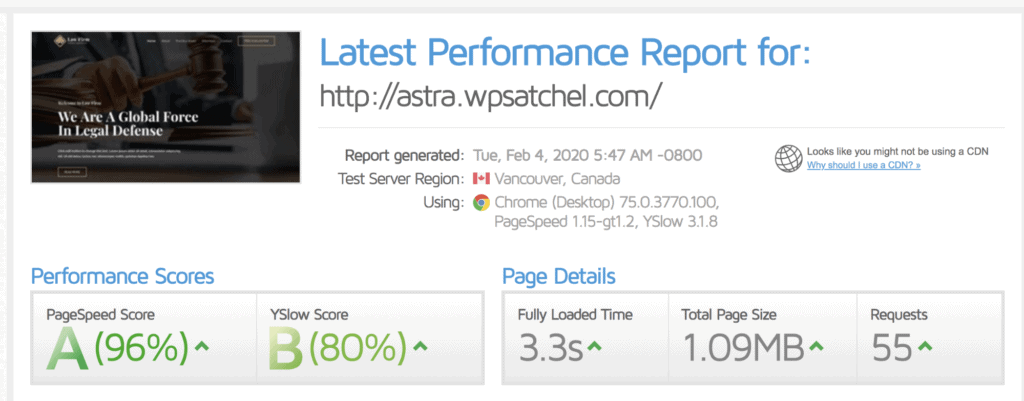
Having a faster website also means that it is going to have better SEO. What is SEO? It is basically a practice of improving a website and its content so that it appears on the top of the search engine results. That way it prevents people from having to deal with slow and poorly-performing websites.
We mentioned this before, but one important thing to keep an eye on is the asset optimization of your website. Hummingbird allows you to do that by customizing the position of your CSS, JavaScript, and other files to increase the loading speed of your website. By doing so, you are actually minifying the usage of CSS, JavaScript, and other files on your website.
How do you make that happen? Easily, just one click of a button and everything is solved.
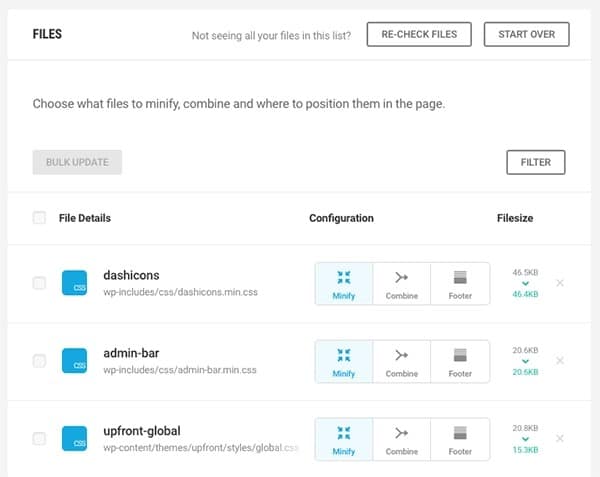 If you’re having trouble with transferring a lot of files and data, let Hummingbird do all the work. By compressing them into GZIP files, Hummingbird makes transferring a lot smoother because all of your files are going to be a lot smaller in size.
If you’re having trouble with transferring a lot of files and data, let Hummingbird do all the work. By compressing them into GZIP files, Hummingbird makes transferring a lot smoother because all of your files are going to be a lot smaller in size.
Basically, it is a lot easier and faster to send files when they are compressed and zipped and you will also save money on hosting by having smaller files.
Like with everything else, when compressing into GZIP, Hummingbird does all the work, which means you can sit back and relax. All you need is one click to start the process and you're done.
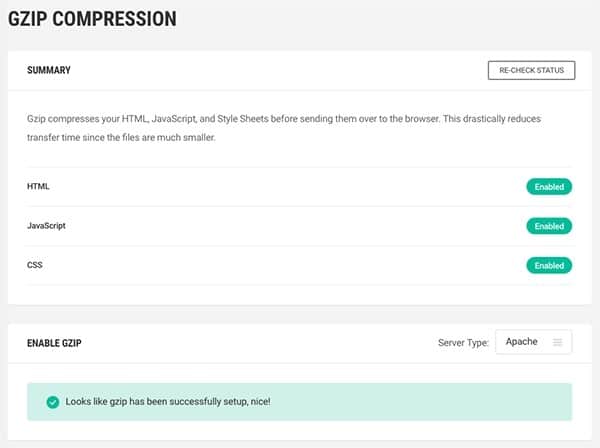 If all the features and the user-friendly interface provided by Hummingbird has not convinced you yet, you need to try pairing it with another award-winning WordPress plugin called Smush. This plugin pairs perfectly with Hummingbird and compresses your images for an even faster and better-performing website.
If all the features and the user-friendly interface provided by Hummingbird has not convinced you yet, you need to try pairing it with another award-winning WordPress plugin called Smush. This plugin pairs perfectly with Hummingbird and compresses your images for an even faster and better-performing website.
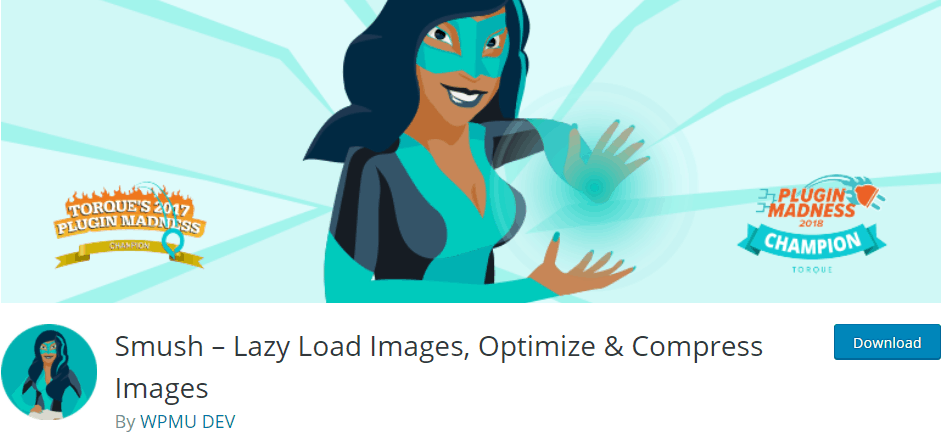 As you can see in the image below, it shows you how many images on your site still need compressing, how many of the images were compressed using Smush, and how much free space you gained by compressing. You can also manage the plugin settings and have either automatic compression turned on which will compress every new image that you upload, or you can do it manually.
As you can see in the image below, it shows you how many images on your site still need compressing, how many of the images were compressed using Smush, and how much free space you gained by compressing. You can also manage the plugin settings and have either automatic compression turned on which will compress every new image that you upload, or you can do it manually.
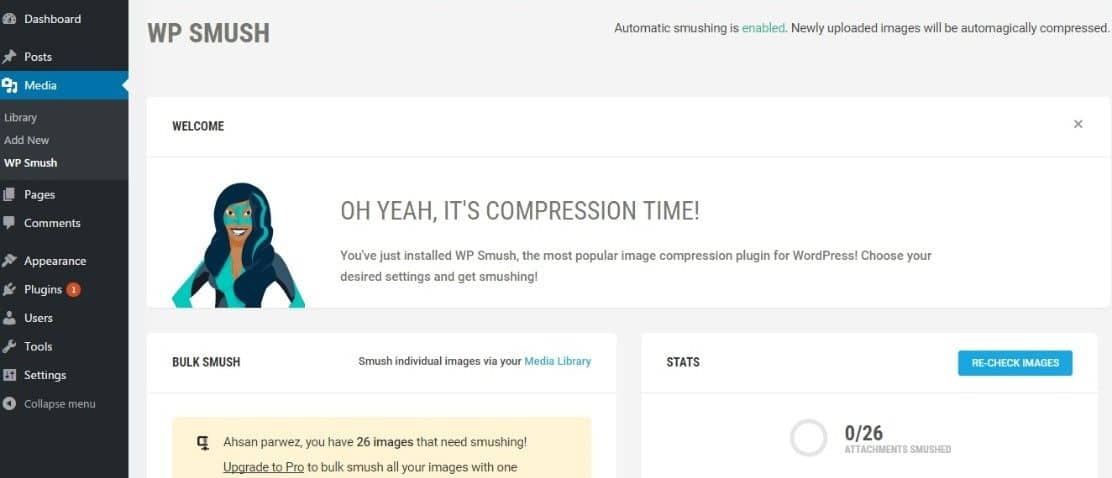
The combination of Hummingbird and Smush is truly the best thing for optimizing your website and making it faster. So do not miss out on these two plugins, because thanks to them, improving a website has never been easier.
When it comes to pricing, Hummingbird offers unbelievable deals. There is a free version of the plugin that works great, but in this article, we were mainly talking about features provided by Hummingbird PRO. If you want to find out for yourself what the PRO version can do and how much better your website would be with it, there is a seven-day free trial. After that, the prices go from $5 per month or $60 per year for one website. For up to ten websites, the price is $12 per month or $140 per year. And for an unlimited number of websites, the price is $24 per month or $290 per year. The yearly subscriptions do save you money, so think about that as well!
Conclusion
If you are looking for something good, simple, and efficient for optimizing your website, you should definitely try Hummingbird. All of its features that have been explained in this article don’t even begin to show the true potential of this tool.
Pair it with Smush, the plugin that compresses images on your website, and you got a combination of tools that not only makes your website faster but helps you with getting more clicks, views, and a much larger audience.




